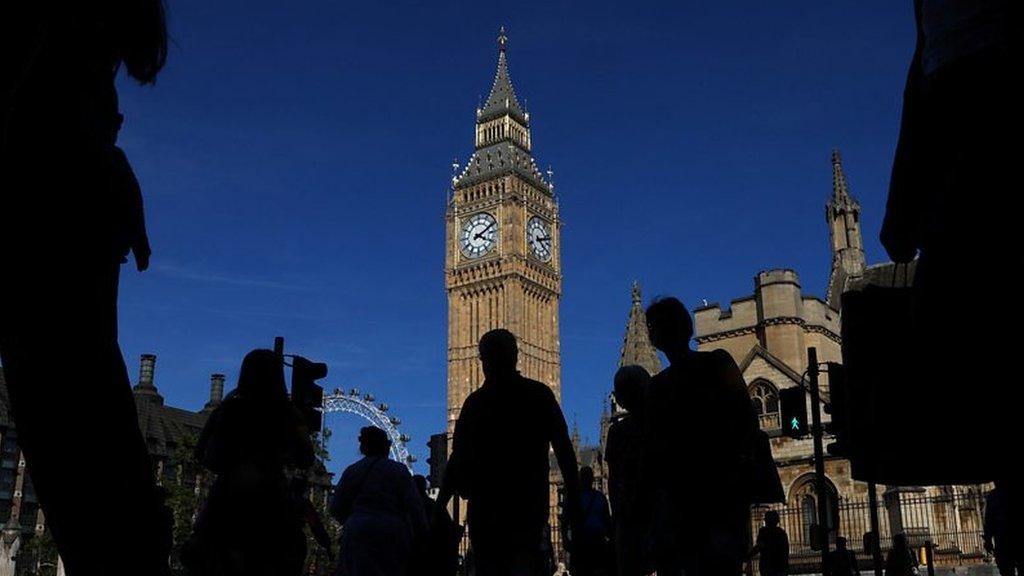Four astronomical facts about the Royal Observatory Greenwich at 350
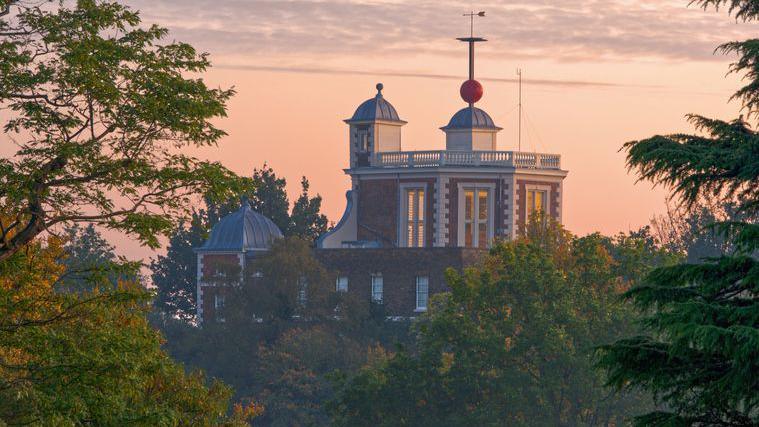
- Published
This year The Royal Observatory in Greenwich is 350 years old.
The observatory, Britain's oldest scientific institution, was built in south-east London in 1675 to help improve navigation at sea for sailors by studying the stars and planets.
Today, it exists mainly as a museum where visitors come to learn about astronomy, how the observatory changed the way we measure time across the world and check out some very famous telescopes.
Read on to find out more about the institution that changed history and defined time as we know it.
When do the clocks go back in 2024 and why?
- Published27 March
Sharpest ever pictures taken of the Horsehead Nebula
- Published1 May 2024
1. The Royal Observatory created Greenwich Mean Time - or GMT
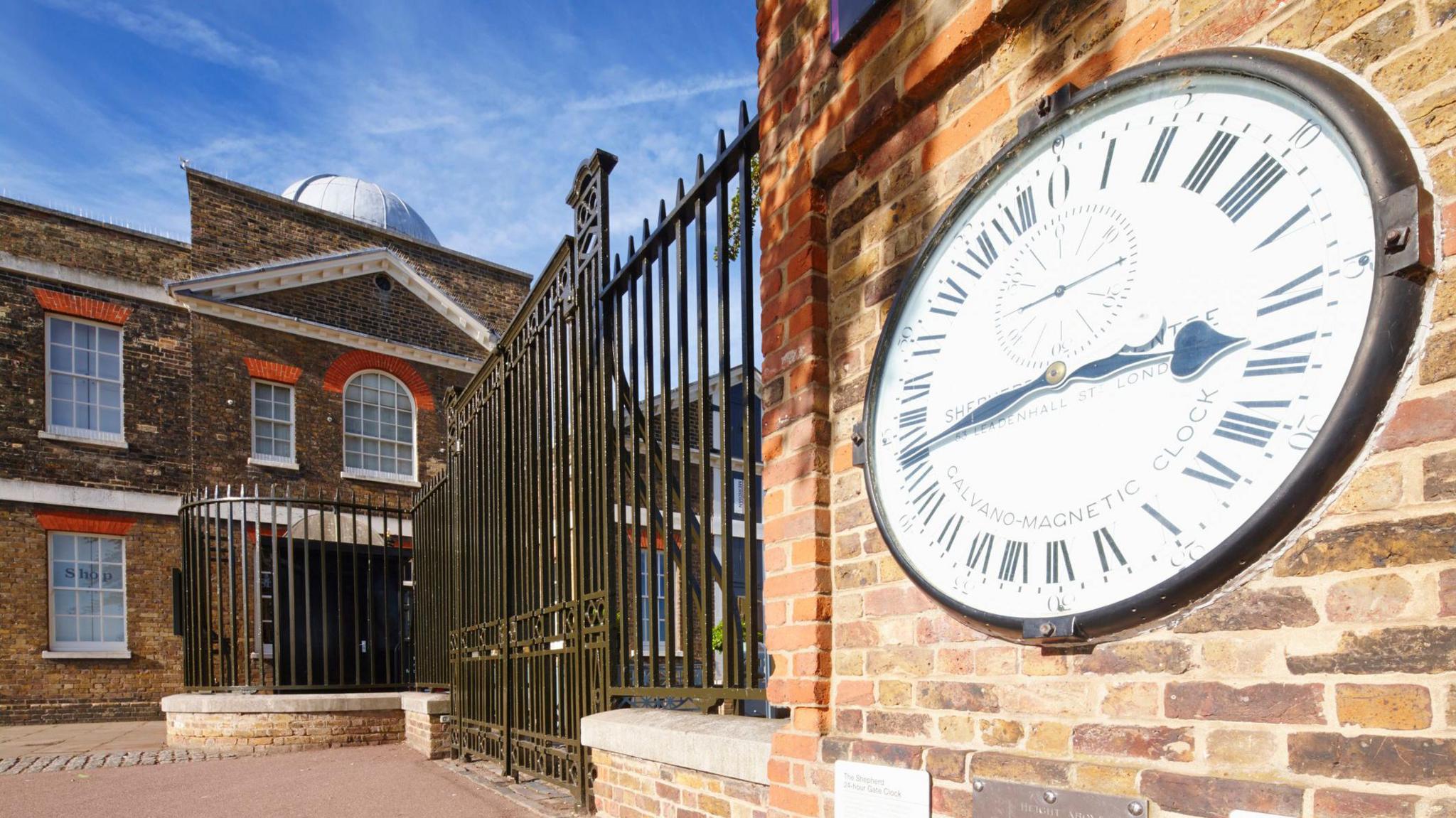
Up until the late 1800s there were lots of different ways to measure time in many different places, and that made things very confusing.
To fix this the Royal Observatory decided to set a standard time that everyone could set clocks to.
This was called Greenwich Mean time(GMT).
GMT became the only official time used in the UK, before British Summer Time (BST) was introduced to help farmers and factories make the most of daylight hours during War War Two.
2. The Royal Observatory is home to the Prime Meridian (0° longitude)
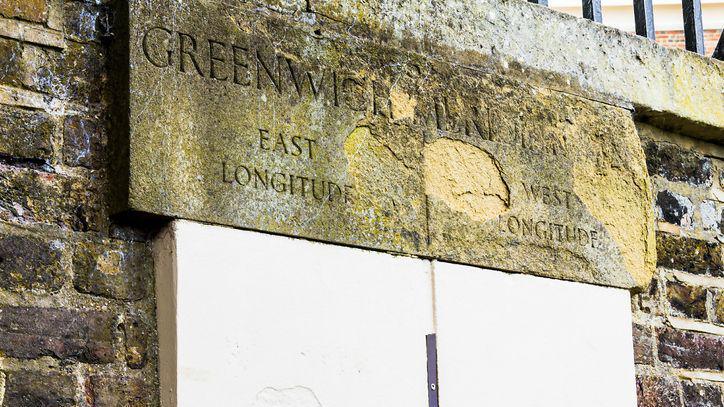
Fun fact: If you visit the line you you can actually stand with one foot in the Eastern Hemisphere and the other in the Western Hemisphere at the same time!
The Prime Meridian is an imaginary line that runs around the Earth.
It basically divides the Earth into two halves, the Eastern Hemisphere and the Western Hemisphere.
The line starts in Greenwich, London, at the Royal Observatory.
It is very important line because it is used across the world to define what time it is, and how far away places are from each other.
Fun fact: If you visit the line you you can actually stand with one foot in the Eastern Hemisphere and the other in the Western Hemisphere at the same time!
3. The Observatory is famous for its 'time ball'
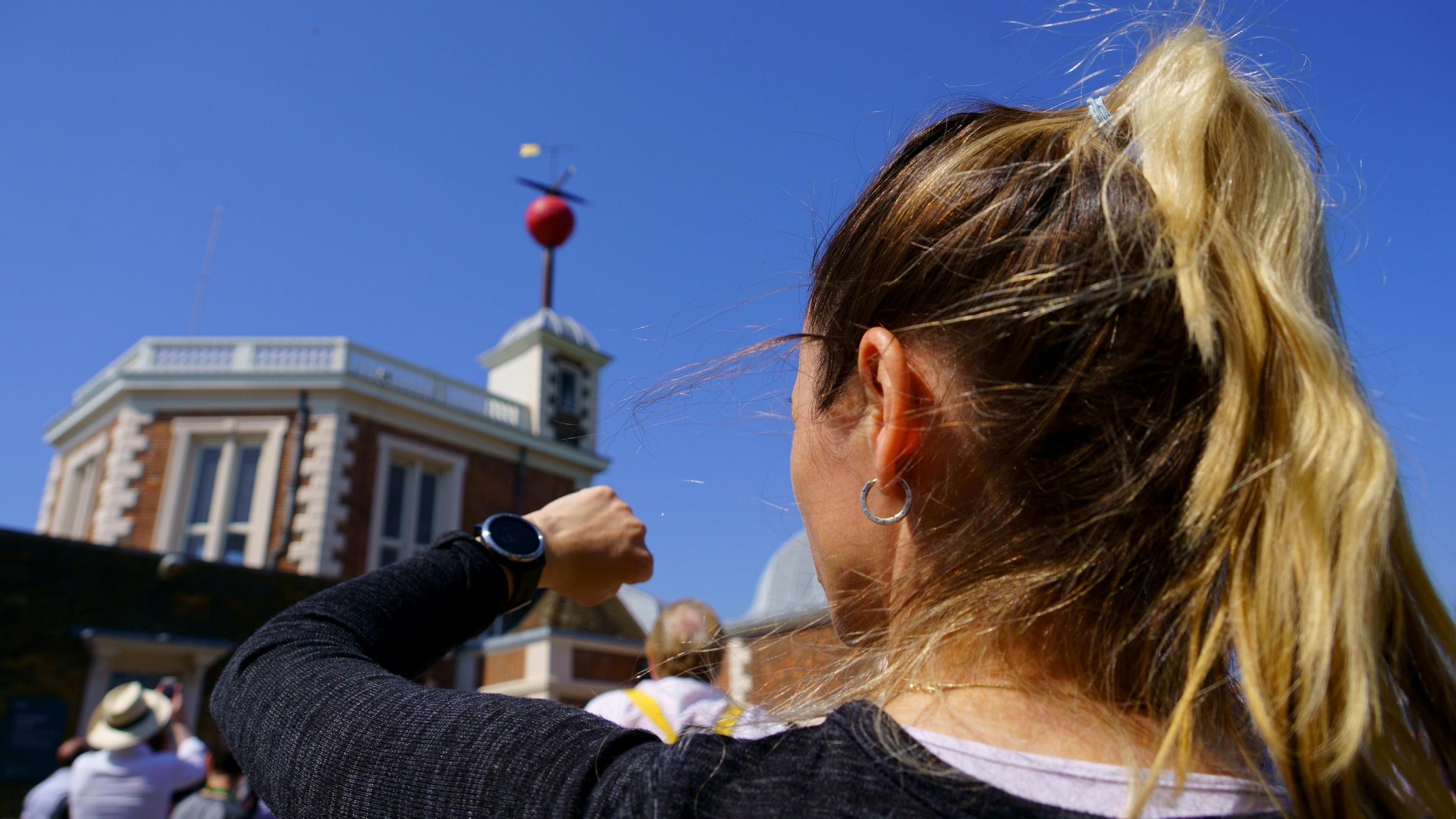
Visitors adjust their clocks at the Royal Observatory in Greenwich, London,UK
Every day at 1:00pm at the Royal Observatory a large round ball, known as the 'time ball', drops.
The ball was first introduced in 1833, when it was used to help sailors who were out at sea set their clocks.
The ball would rise to the top of a mast at the Observatory and then, right on time, drop to the bottom.
Sailors could see this from far away and it helped them make sure they were using the correct time for navigation.
4. The Observatory played a key role in navigation
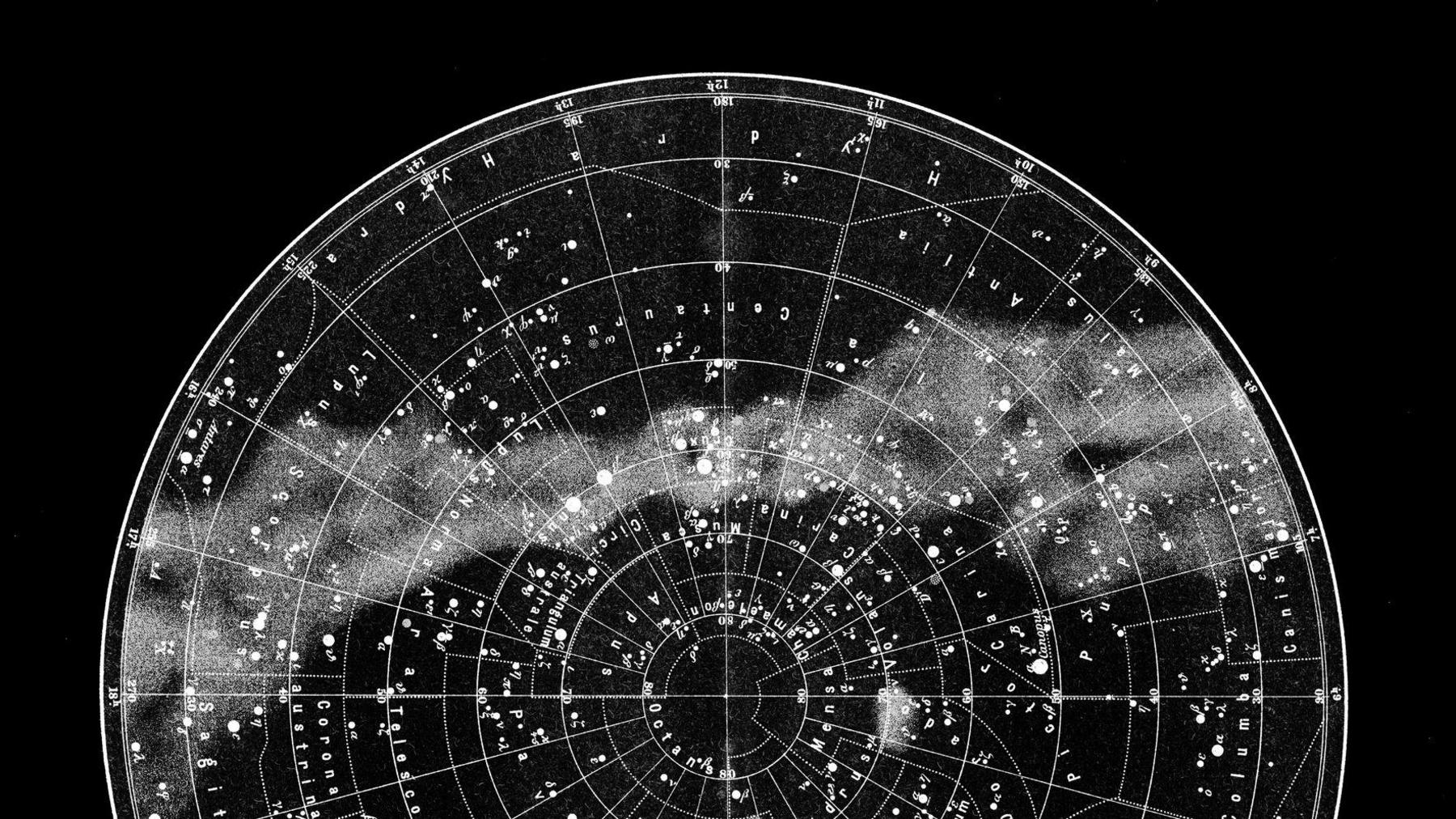
Star maps help sailors determine their location at sea
A long time ago it was very difficult for sailors to figure out where they were on the ocean.
Satellites and global positioning devices, that give precise location information, did not exist.
When the Royal Observatory was built it helped to solve this problem.
By using the telescopes at eth observatory astronomers were able to produce accurate star maps that would help sailors determine their location at sea.
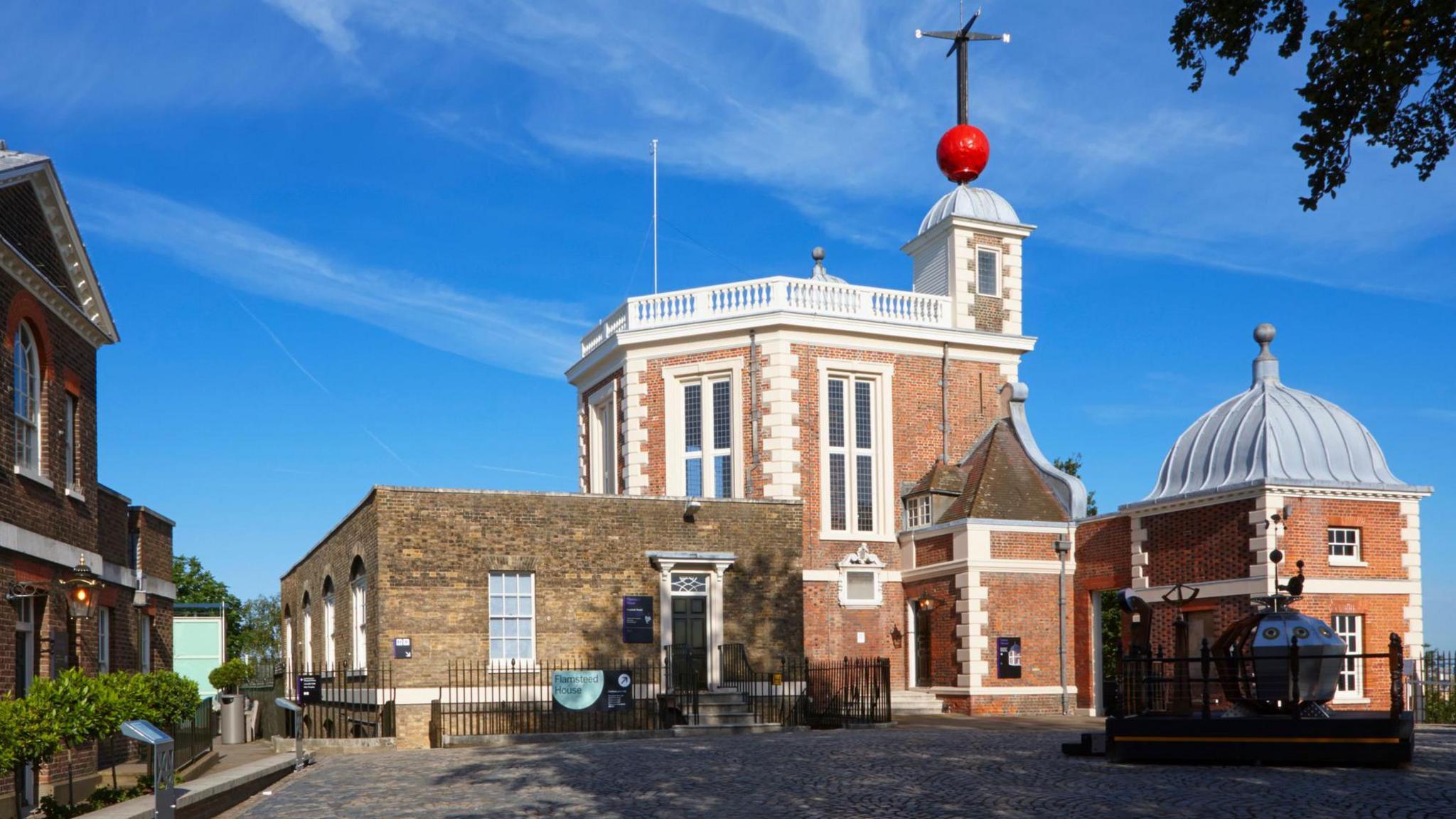
- Published7 April 2021
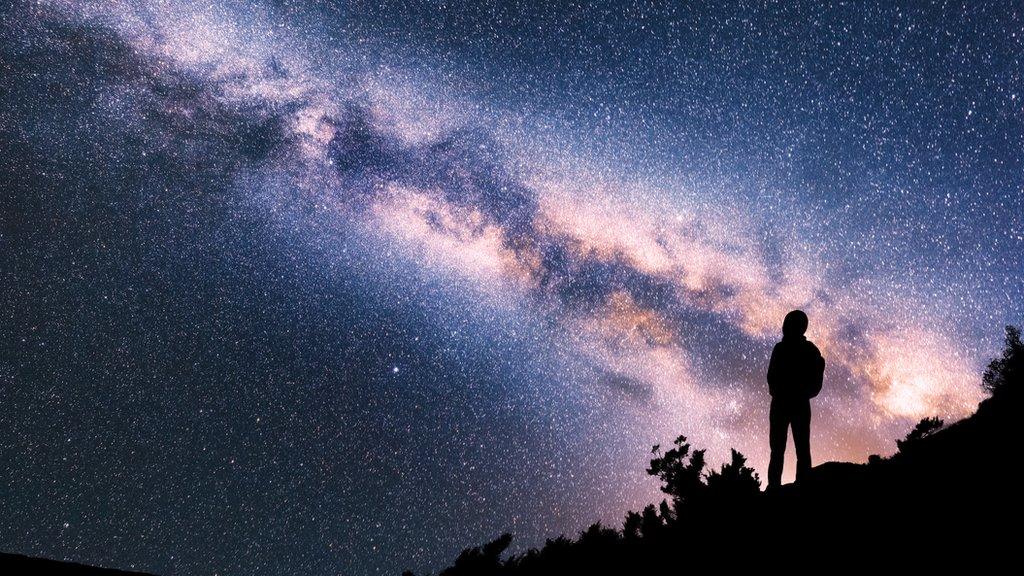
- Published4 October 2019
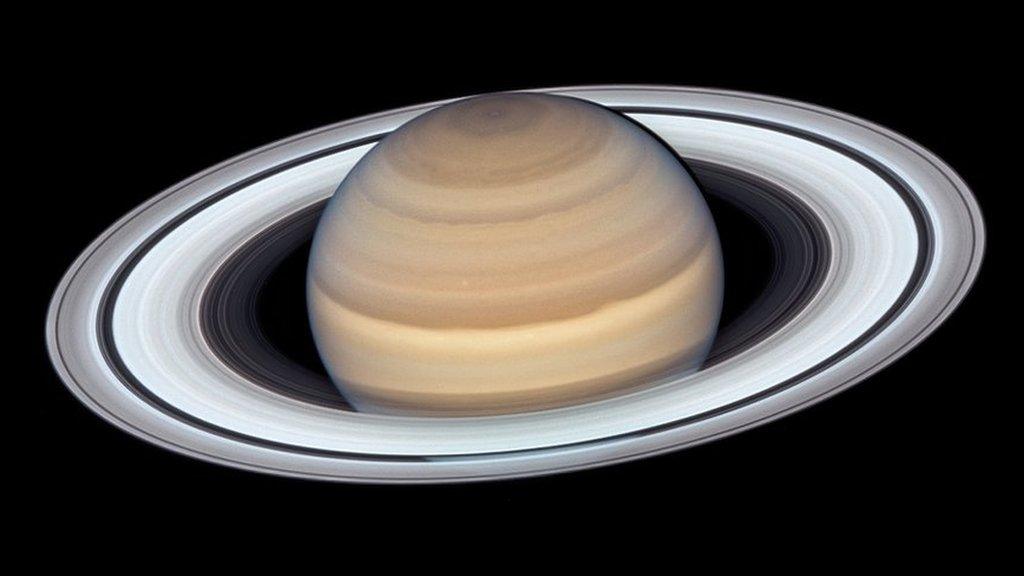
- Published24 September 2023
